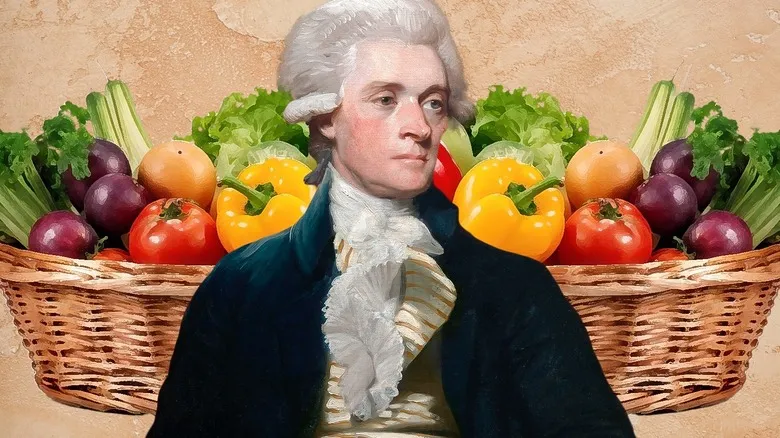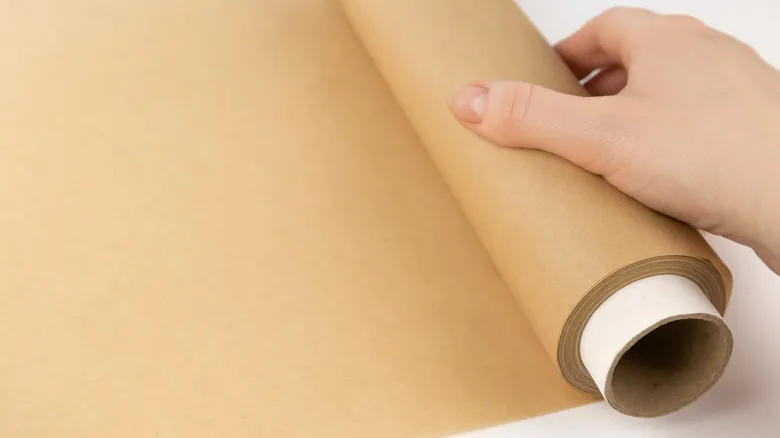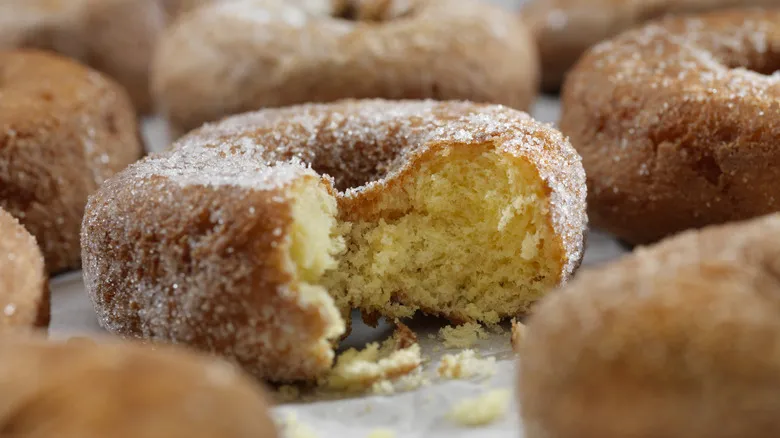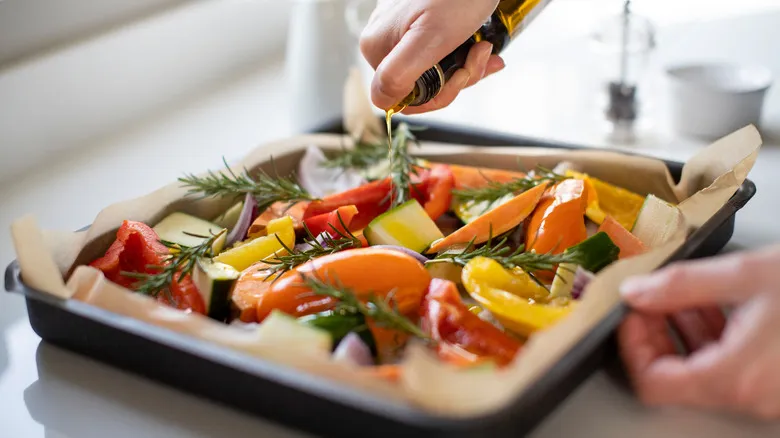A gourmand Founding Father with an abiding love of peas
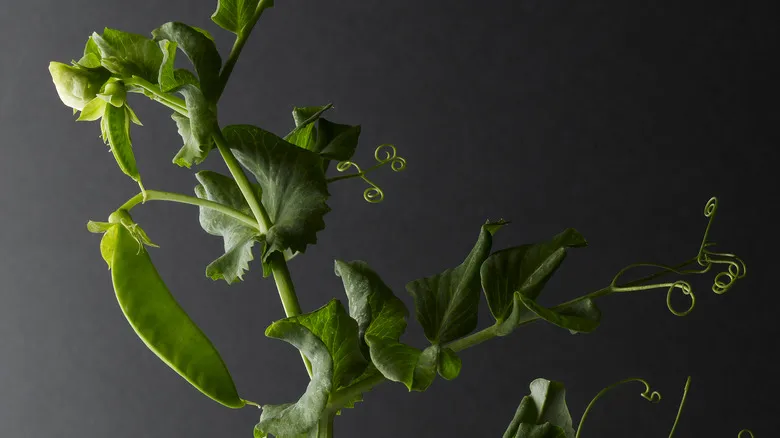
It’s quite unexpected that Thomas Jefferson would select such a humble vegetable as his favorite, considering his reputation as a food enthusiast. He had a passion for fine French wine and cuisine, played a role in popularizing waffles, and contributed to the introduction of vanilla beans and macaroni and cheese to America (though it’s important to acknowledge that his enslaved chef, James Hemings, deserves much of the credit for the latter).
Nevertheless, Jefferson’s choice of vegetable was a wise one. English peas are packed with essential vitamins and minerals, including vitamins A and B, potassium, zinc, calcium, and iron, and they are relatively easy to cultivate. They thrive on vines during the spring and summer months. In 1773, Jefferson recorded that on May 22, the "first patch of peas came to the table" (as noted in "Jefferson Himself: The Personal Narrative of a Many-Sided American"). Unlike other varieties, such as snow peas, English peas must be shelled since their pods are generally too tough to consume. Whether enjoyed on their own with a sprinkle of salt, pepper, and a dab of butter, or incorporated into a seasonal pot pie, English peas remain a timeless vegetable that has the approval of the Founding Father.
Recommended

How Milk Overproduction Helped Create Pizza Hut's Cheesiest Pizzas
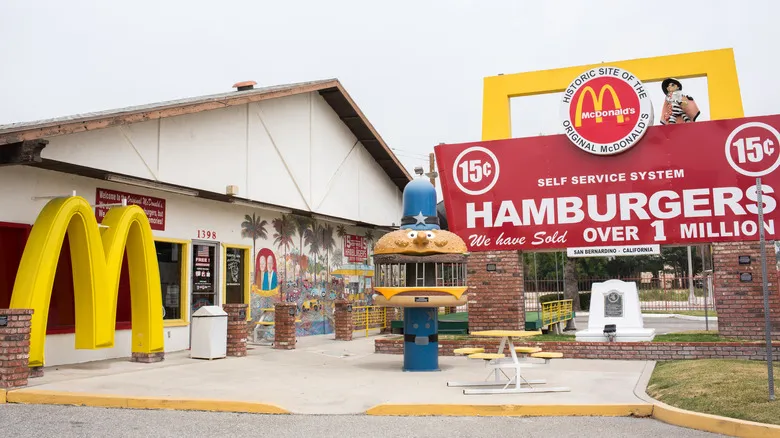
The Original McDonald's In The US Is Also A Museum

The Origins Of The Italian Christmas Eve Celebration, Feast Of The Seven Fishes
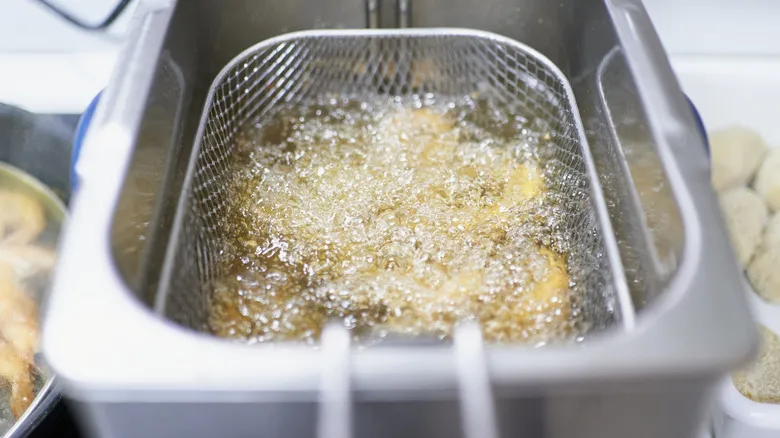
Deep-Fried Food Has Been Around Longer Than You Think
Next up

